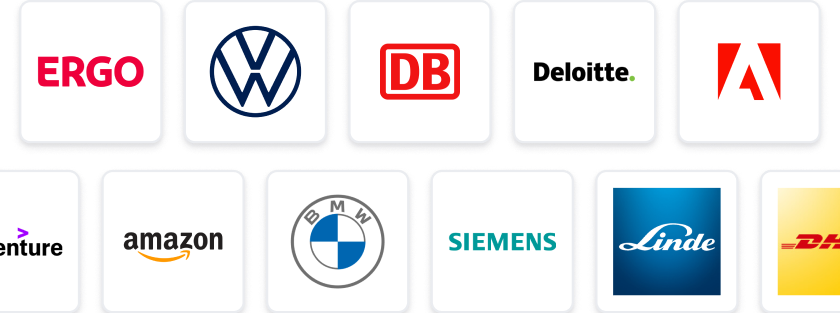At a Glance
- Tasks: Lead exposure management efforts, ensuring accurate risk assessment and reporting.
- Company: Join CFC, a dynamic leader in the insurance industry, shaping innovative solutions.
- Benefits: Enjoy a permanent full-time role with opportunities for growth and development.
- Why this job: Be at the forefront of risk management, influencing strategic decisions and enhancing analytical capabilities.
- Qualifications: Experience in catastrophe modelling and strong data analysis skills are essential.
- Other info: Work closely with underwriters and actuaries in a collaborative environment.
The predicted salary is between 48000 - 84000 £ per year.
Exposure Management Lead
Department: Actuarial, Pricing & Analytics
Employment Type: Permanent – Full Time
Location: London
Reporting To: Eileen Kee
Description
About the role
You will support the design and implementation of exposure management tools and frameworks, enabling effective capture and interpretation of risk data, policy terms, and conditions. In addition, you will contribute to building and automating workflows for scheduled reporting and recurring modelling tasks, enhancing efficiency and analytical capabilities across the function.
About you
#J-18808-Ljbffr
Exposure Management Lead employer: CFC
Contact Detail:
CFC Recruiting Team
StudySmarter Expert Advice 🤫
We think this is how you could land Exposure Management Lead
✨Tip Number 1
Familiarise yourself with the latest trends in exposure management and catastrophe modelling. This will not only help you understand the role better but also allow you to engage in informed discussions during interviews.
✨Tip Number 2
Network with professionals in the insurance and actuarial fields, especially those who work with exposure management. Attend industry events or webinars to make connections that could lead to valuable insights and potential referrals.
✨Tip Number 3
Prepare to discuss specific examples of your experience with data modelling and quantitative analysis. Be ready to explain how you've used these skills to support underwriting decisions or improve reporting processes in previous roles.
✨Tip Number 4
Research CFC's current exposure management practices and any recent developments in their approach. Tailoring your conversation to reflect an understanding of their operations can demonstrate your genuine interest in the role and the company.
We think you need these skills to ace Exposure Management Lead
Some tips for your application 🫡
Understand the Role: Take the time to thoroughly read the job description for the Exposure Management Lead position. Understand the key responsibilities and required skills, such as catastrophe modelling principles and experience with underwriters.
Tailor Your CV: Customise your CV to highlight relevant experience in exposure management, data modelling, and quantitative analysis. Make sure to include specific examples of your work with underwriters and actuaries, as well as any tools or frameworks you've implemented.
Craft a Compelling Cover Letter: Write a cover letter that connects your background to the role. Emphasise your understanding of exposure management governance and processes, and how your skills can contribute to the company's objectives.
Proofread Your Application: Before submitting, carefully proofread your application materials. Check for spelling and grammatical errors, and ensure that all information is clear and concise. A polished application reflects your attention to detail.
How to prepare for a job interview at CFC
✨Understand Catastrophe Modelling
Make sure you brush up on your knowledge of catastrophe modelling principles and processes. Be prepared to discuss specific models you've worked with and how they relate to the role.
✨Showcase Your Analytical Skills
Highlight your experience in data modelling and quantitative analysis. Bring examples of reports or MI you've produced that demonstrate your analytical capabilities and how they informed decision-making.
✨Familiarise Yourself with Exposure Management Tools
Research the exposure management tools and frameworks commonly used in the industry. Be ready to discuss how you would approach designing and implementing these tools in your new role.
✨Engage with Underwriters and Actuaries
Since collaboration is key, prepare to talk about your experiences working with underwriters and actuaries. Share specific instances where your input made a difference in the underwriting process or risk assessment.
